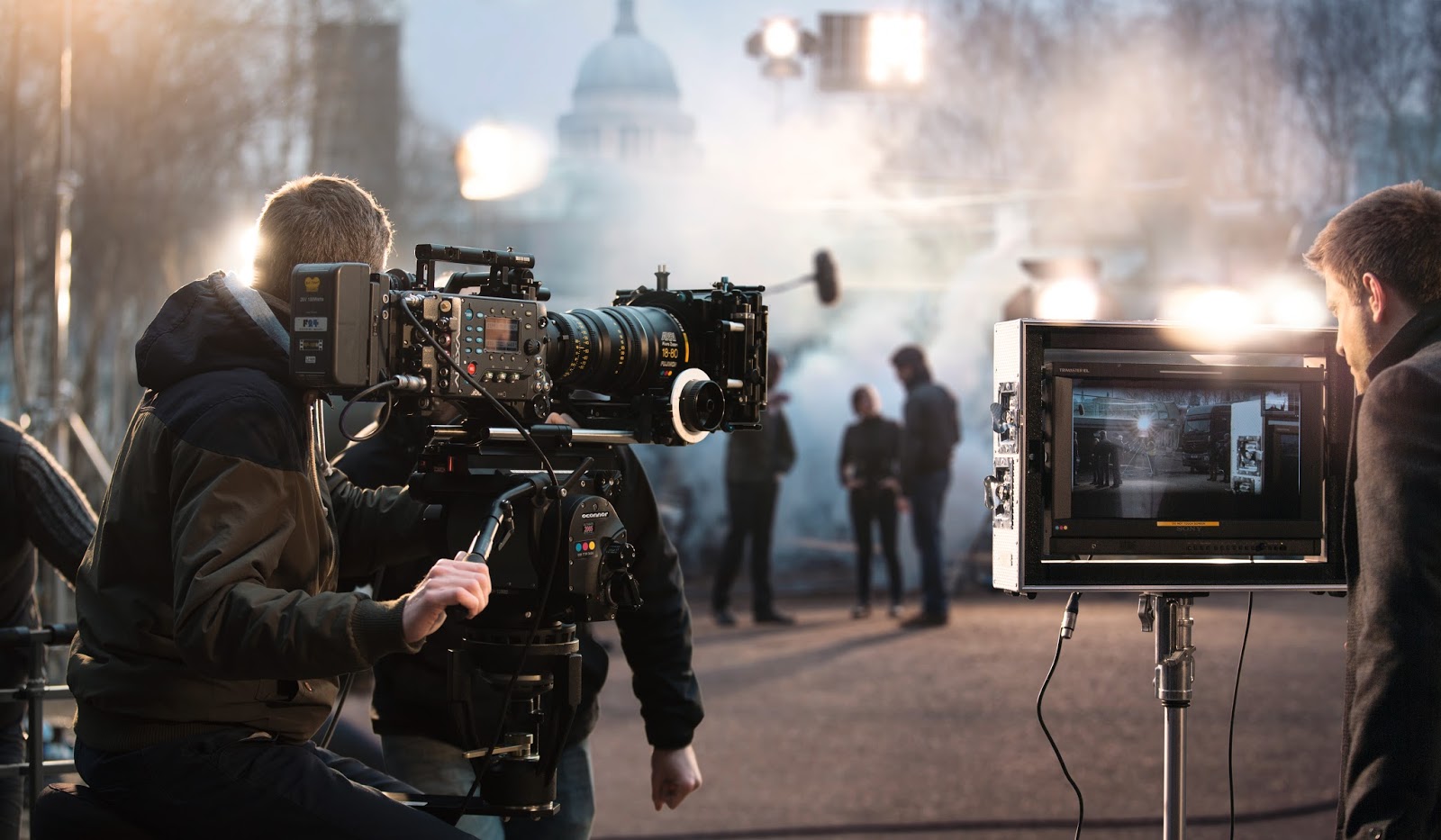The method used to create a motion image is known as filmmaking or film production. Beginning with an initial story, idea, or commission, the process of making a movie requires several intricate and distinct steps. After that, the procedure continues with screenwriting, casting, pre-production, filming, sound recording, post-production, and finally, presenting the finished product to an audience in advance of a film release. The art of filmmaking includes both the creative and technical components of bringing a story to life on screen. It combines elements like acting, set design, storytelling tactics, and visual effects to produce a seamless and interesting cinematic experience. To complete the whole scenario, the filmmaking studio must have all the tools and equipment needed by the cast, crew, actors, and other participants.
6 Essential Filmmaking Techniques And Tips To Succeed As A Filmmaker
Several filmmaking techniques, such as shot composition, editing, and camera movement, can be used to tell a story in your unique way. These techniques and tips help you to succeed as a filmmaker.
1-Tell a Story Through Visual Storytelling
Make sure you have a complete story with a beginning, middle, and end before you start concentrating on filmmaking skills. The lack of a distinct and organized story is a typical error made by filmmakers. It takes planning and work to create a story that other people will find intriguing. A story needs its main character to be inspired to act. The difficulties they’re faced with as they work toward that goal are responsible for the drama.
2-Use Experienced Cast & Crew
Using actors who look like the role but aren’t talented performers is a regrettable error. Use actors with a track record of success. Find the best actor for each role, then set up an audition in a public area. Rehearsals are one of the finest ways to ensure that the performers are contributing to the director’s vision in a movie by ensuring that everyone is familiar with the plot and their characters.
3-Create a Production Design
Not taking a film’s “look” is an essential and common error. A movie’s visual presentation will sell the film’s realism. The settings, sets, props, furniture, cars, attire, and makeup all work together to produce a harmonious design. The colors and designs that have been used all reveal details about the story’s characters and plot. The design needs to be taken into consideration to sell a story, depict realistic settings, or provide character information.
4-Camera Techniques in Film
Always use standard frame design and camera angles when filming each scene to ensure that the entire scene is captured for editing. The fundamentals are addressed, but if you have time, you can also take your more original photos. To effectively express the story, feel free to use camera movements such as gimbals and dolly views.
5-Editing Techniques
A common mistake in the filmmaking process is having too much on your plate during production and not enough time for post-production. It will take time to edit the image, the dialogue, the sound effects, the foley, the backgrounds, and the music. Make sure there is enough time before the deadline to guarantee that the music and graphics flow together without any interruptions. The optimal filming approach for seamless editing is to have enough coverage so that there is a range of shots to pick from.
6-Special Effects and Advanced Filmmaking Techniques
In film making advanced technology and techniques were used. Spending more time on special effects is preferable to telling a story that is grounded in truth. Once you learn solid production techniques it will help you to achieve success. The methods help to ease the work and load of the filmmakers.
What Are The 3 Main Stages of Filmmaking?
There are 3 main and most important stages of filmmaking. These steps can be used to break down the filming process. Discover what they are and approaches to each step for a successful and efficient film production process.
1-pre-production
When a project is given the green light, pre-production formally starts. The script must be completed, the cast and crew must be hired, venues must be found, the necessary equipment must be determined, and a budget must be established. At this moment, the last-minute production planning is implemented. Many of the crucial components, like the main actors, director, and cinematographer, will typically be confirmed as far as financing is concerned. The screenplay is typically finished and acceptable to all the financiers and other stakeholders by the time pre-production is over.
2-film production
The process of making a movie requires a lot of work, creativity, and time. A movie must pass through several steps before it can be seen by audiences. There are a few stages that mold films and enable moviegoing from development to release. People frequently concentrate on the actual filming, also known as the shooting or production stage, where the cameras are rolling and recording the performers in action.
3-post production
Post-production professionals include editors, sound engineers, foley artists, colorists, and other specialists. Television, film, and other visual arts also use certain universal techniques.
However, the post-production procedure will vary depending on the scope, cost, and industry of the production. After the filming is finished, the post-production process continues with the audio and visual editing. Post-production includes all tasks involved in cutting raw film, integrating that material, adding music, dubbing, and sound effects, to name a few. The length of the post-production process might range from a few months to a year, depending on the size and complexity of the film.
Conclusion
The craft of filmmaking captures a wide range of emotions. Cinema draws inspiration, ideas, and imagination from its environment for anything from heartbreaking dramas to sugary romances to action thrillers. A movie gives its viewers more than simply eye candy; it also describes the sociological, economic, and political environment in which a character is living. Making connections with the public is advantageous. Movies are important to society because they both reflect culture.

